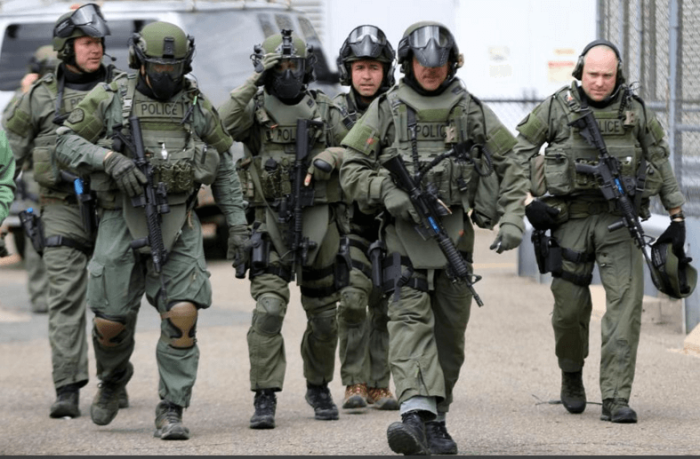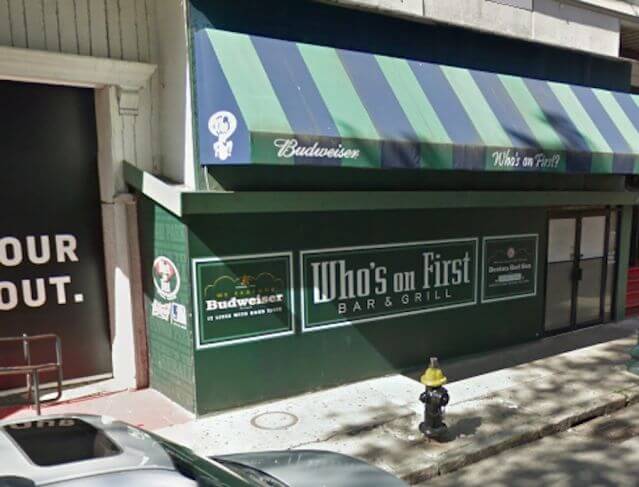RELATED:Opioid warrior:’Heroin is Killing My Town’ goes head long against the ongoing opioidepidemic
Opioid recovery can’t be defined by numbers. Yet.
The Commonwealth has spent tens of millions of dollars for treatment of opioid addicts without establishing benchmarks for success — or even defining success — until a new task force was formed earlier this year.But officials are not drawing conclusions until July 2016 — after a year’s worth of data is collected.
“In the short run, our focus has been expanding access and minimizing wait times for patients,” Secretary of Health and Human Services Marylou Sudders said. “Before we can measure success, we need to expand access and increase the number of facilities. There is such a high rate of readmissions, those numbers will serve also a huge indicator.”
The long run has been a long, fruitless battle in the accelerating opioid crisis, resulting in the formation of a task force earlier this year to coordinate the effort.
In June, the opioid task force panel called for a $27 million initiative for a three-year plan funded by MassHealth with state and federal grants. The plan requires 100 new beds at state-funded treatment centers by July 2016, improvements in chain pharmacies’ drug take-back programs, an increase in the availability of Narcan, and a rule forcing physicians to report narcotics prescriptions within 24 hours.
Sudders said that they will be looking into the number of opioid related deaths and the number of re-admissions, what she termed a “bend in the trends.”
Until the data are available, success is measured in personal standards than data, according to recovering addicts, addiction advocates, treatment executives and state employees.
“Success in recovery is an individualized question,” said Fred Newton, executive director of the Hope House in Boston. “We have a program completion rate, but once they walk out our door, we have no sense of what happens next for them.”
Hope House has a one-third completion rate per year for their 6-month program, but that number is skewed because men can walk out of the program if they reunite with family and no longer need the program. Otherwise, the men are assessed on whether they can reach measureable goals like holding a job and finding a place to live.
In the past, the question about success was based on whether or not someone was abstaining from vices.
“It sucks,” Jack Kelly, founder of the app iRecover said. “Recovery isn’t like a cure or a remission. It’s more like a bad breakup, and you haven’t talked to your ex in months, but you think about them daily. Now think about that like a bag of heroin.”
iRecover is a smartphone app that connects people in recovery who need support. Kelly said that studies have shown an increased success rate the more an addict has contact with supporters.
Kelly, who served on Mayor Marty Walsh’s Substance Abuse Task Force, is 12 years off dope. His addiction began with a hockey injury when he was 16. He was given oxycodone, got hooked and was homeless, shooting up at age 20. He cleaned up two years later.
“So many people fall into my situation, programs after programs and therapy and some have worked,” Kelly said. “I have tools at my hands, if I get discouraged, I can fight it off. I’ll be having a good time and I will stop and think ‘I cannot believe I don’t need heroin right now.’ That stuff ran my life. To this day, if I’m depressed I say ‘I kicked heroin, I can kick anything.’”
























